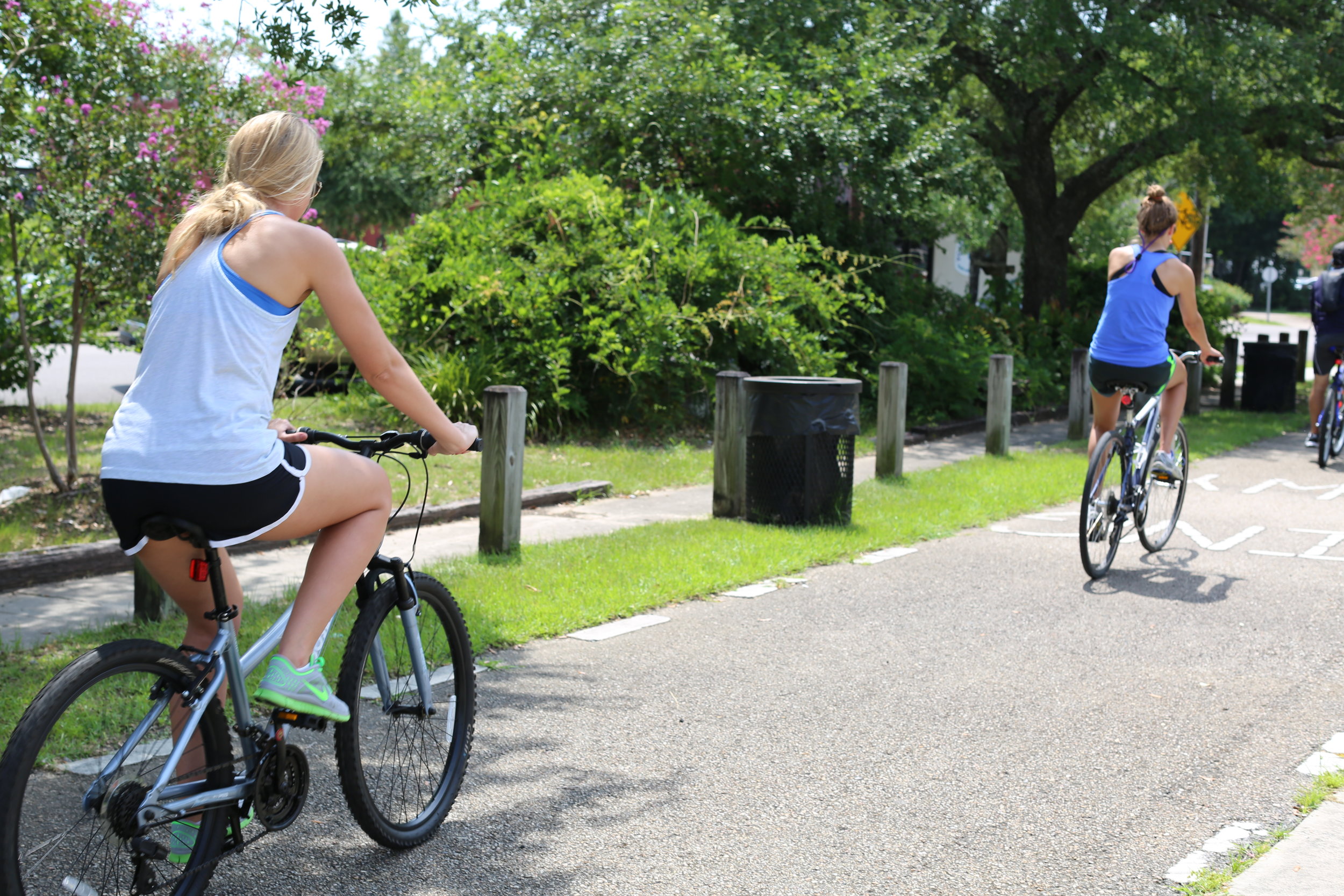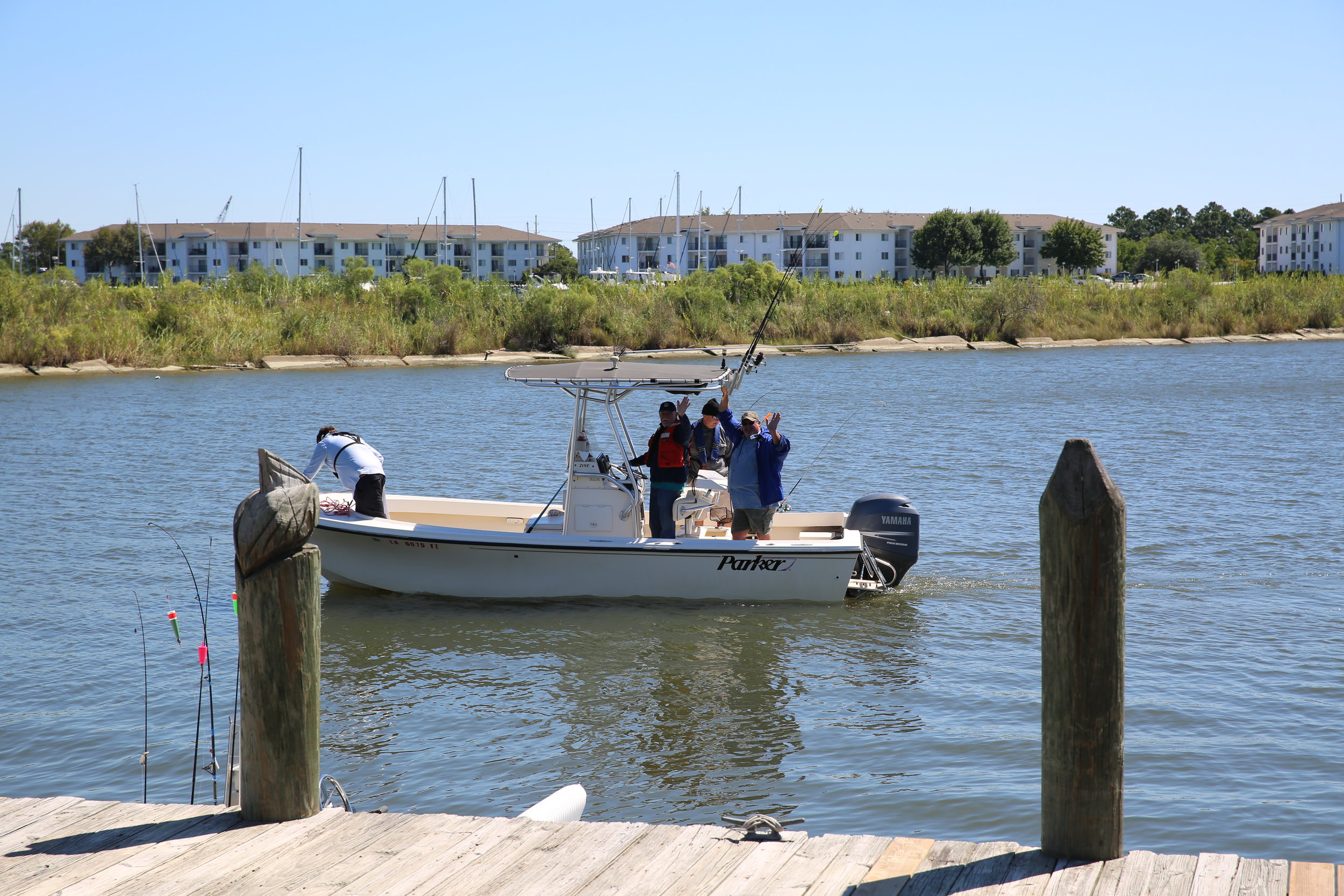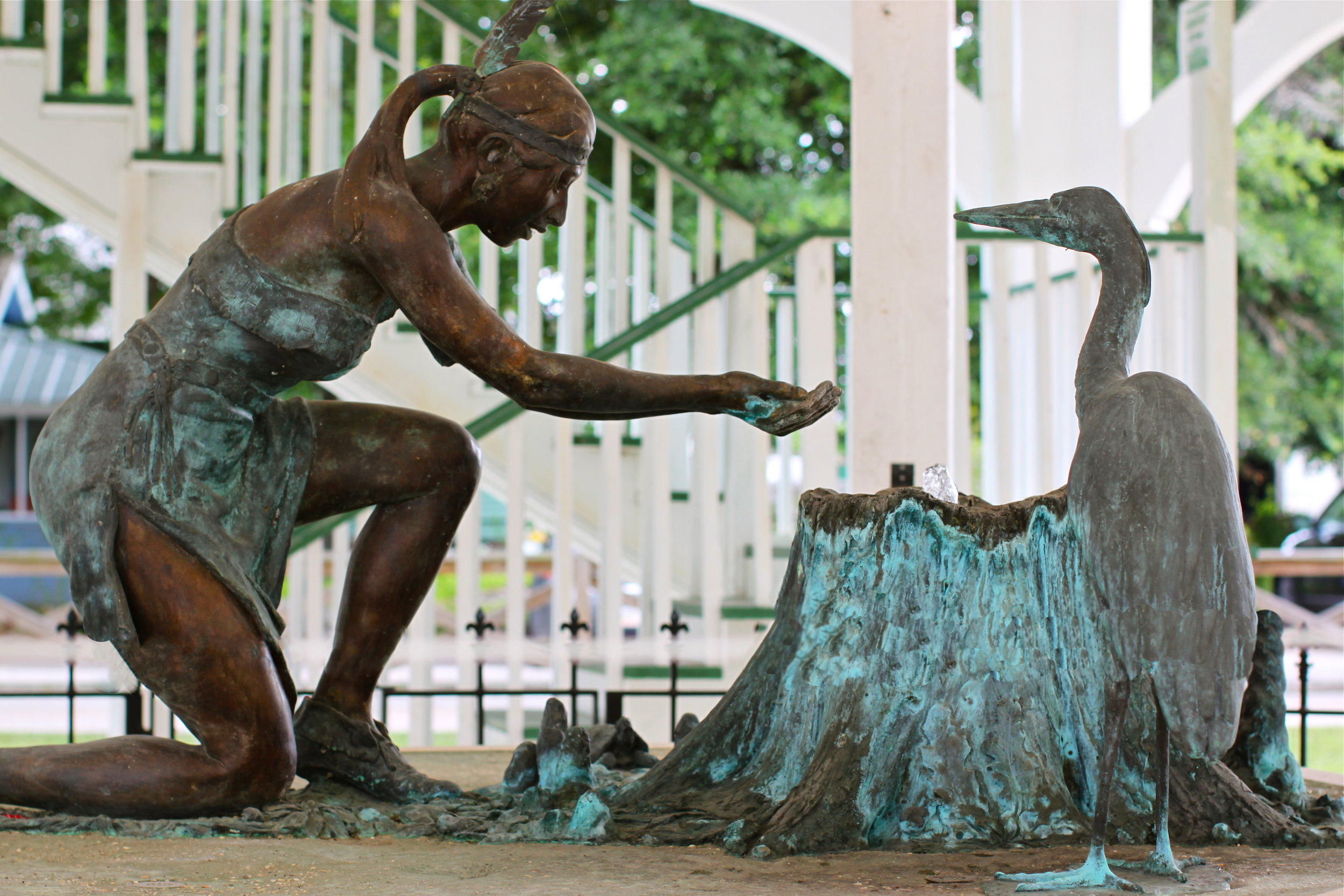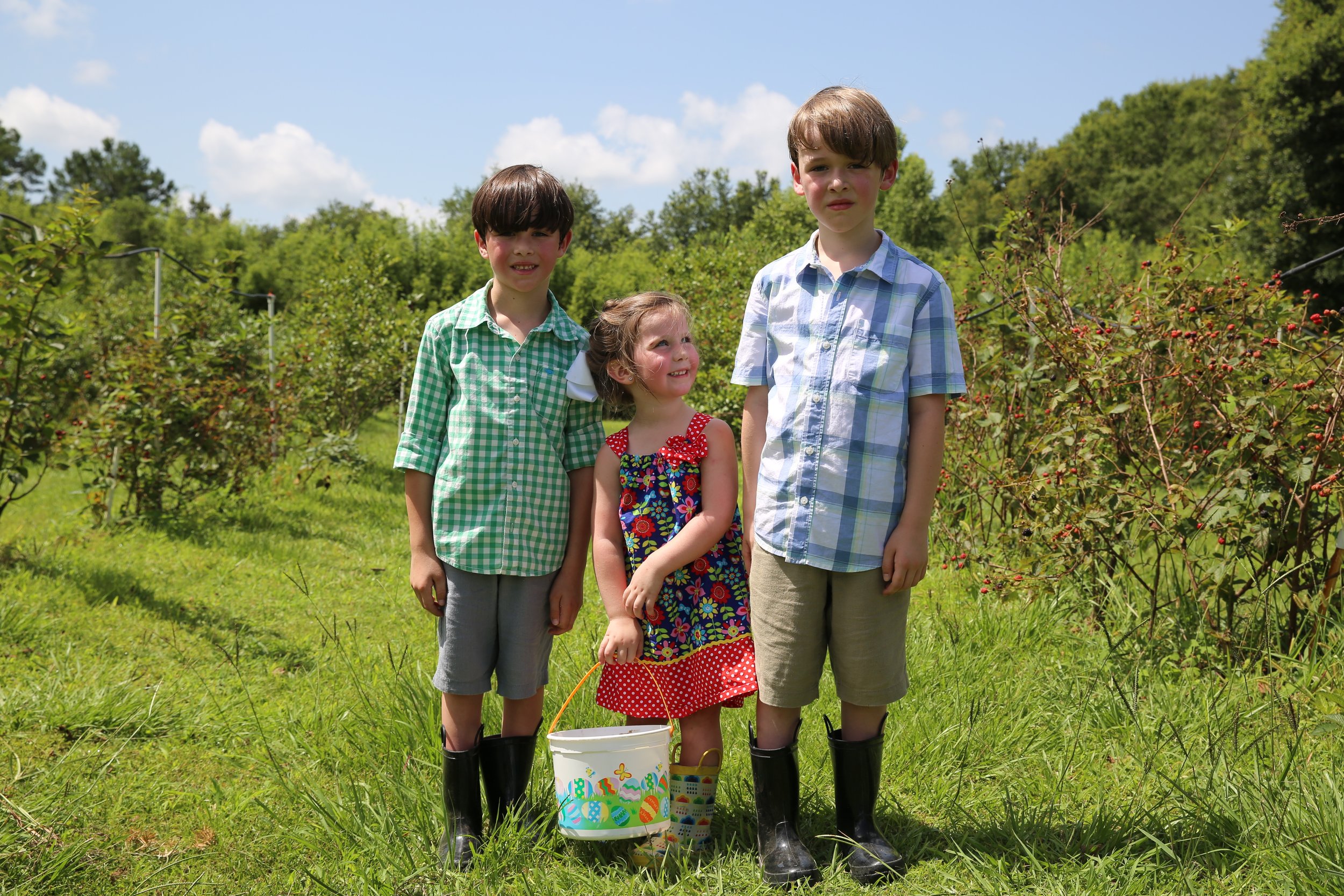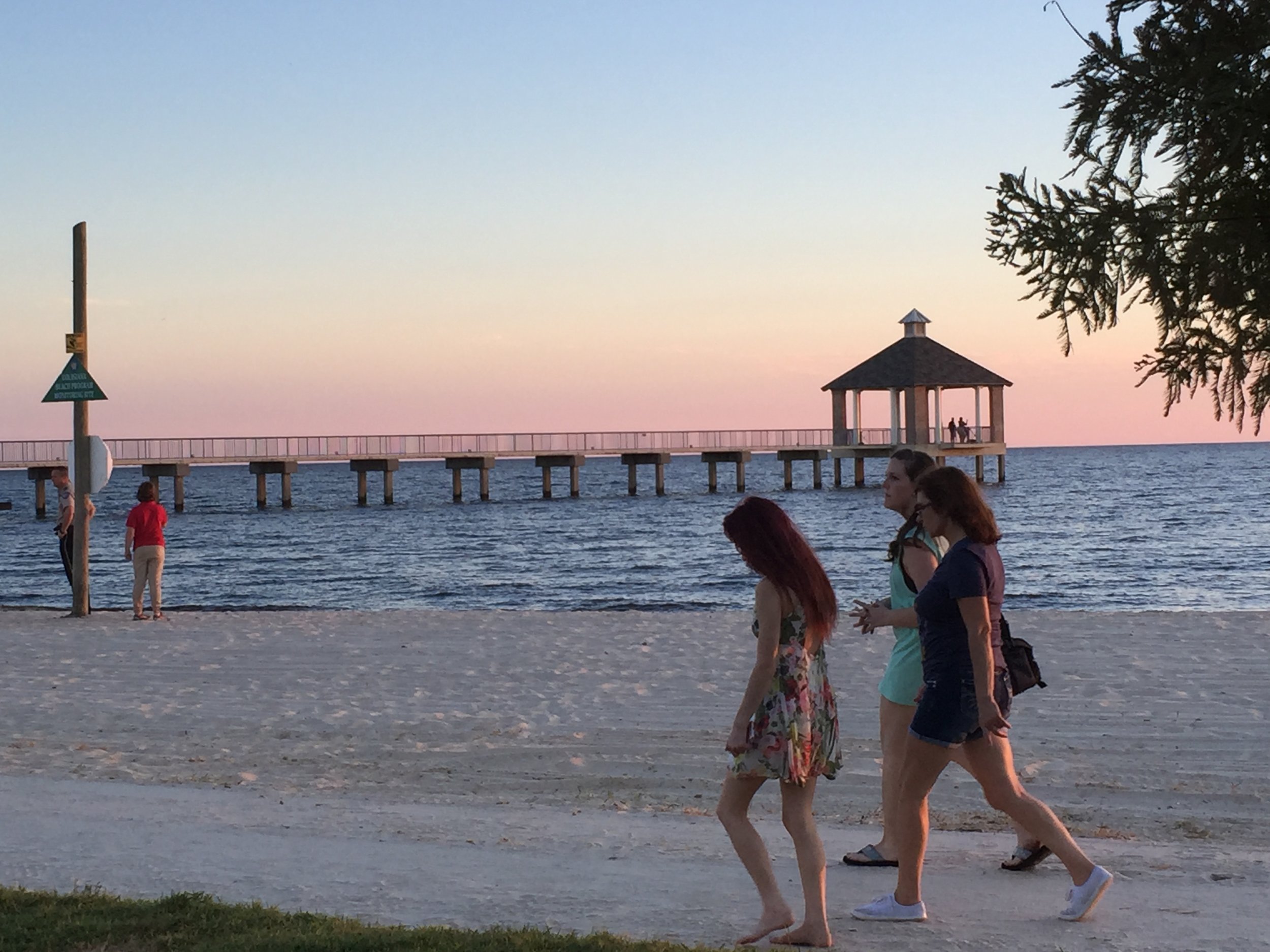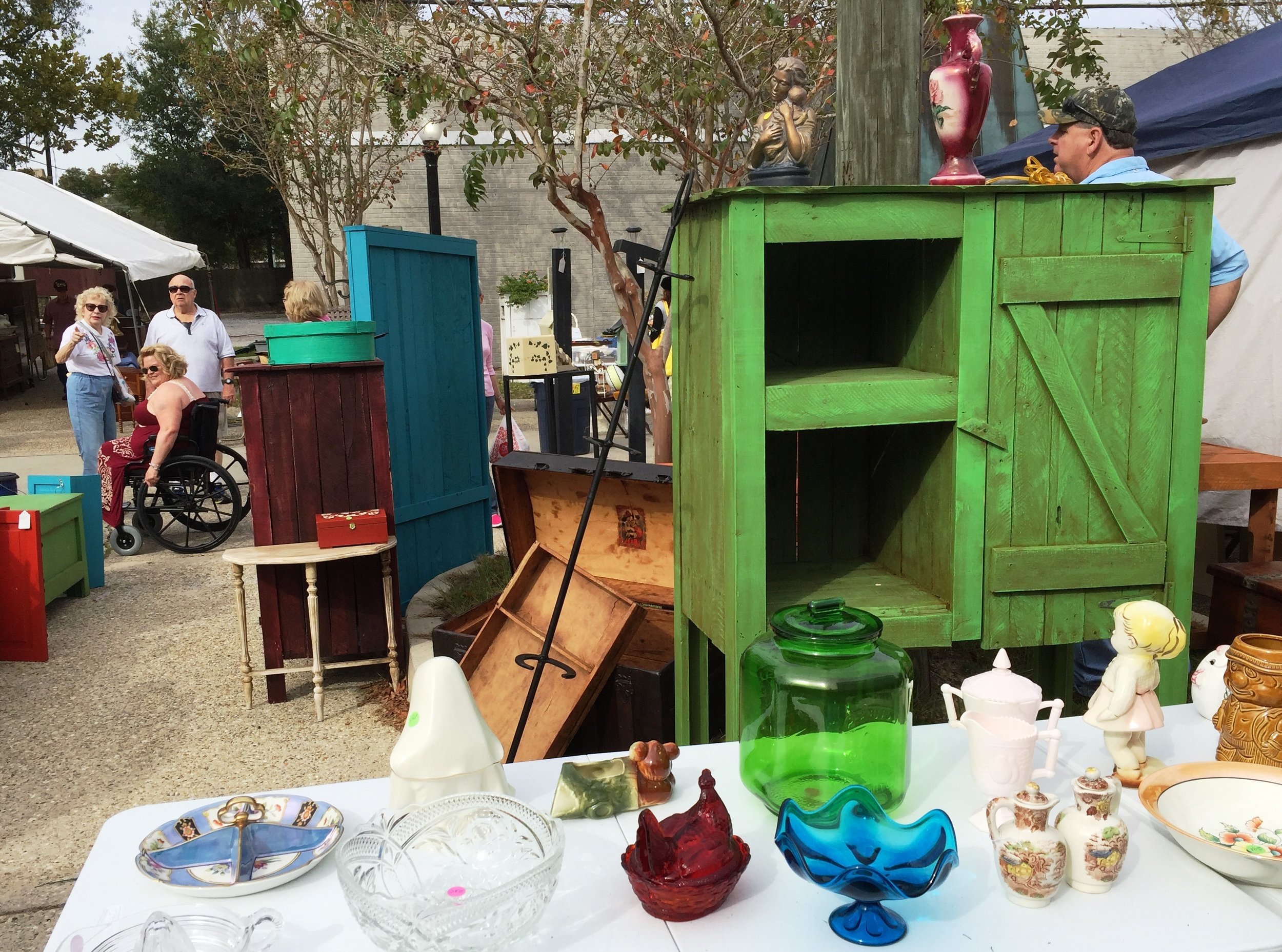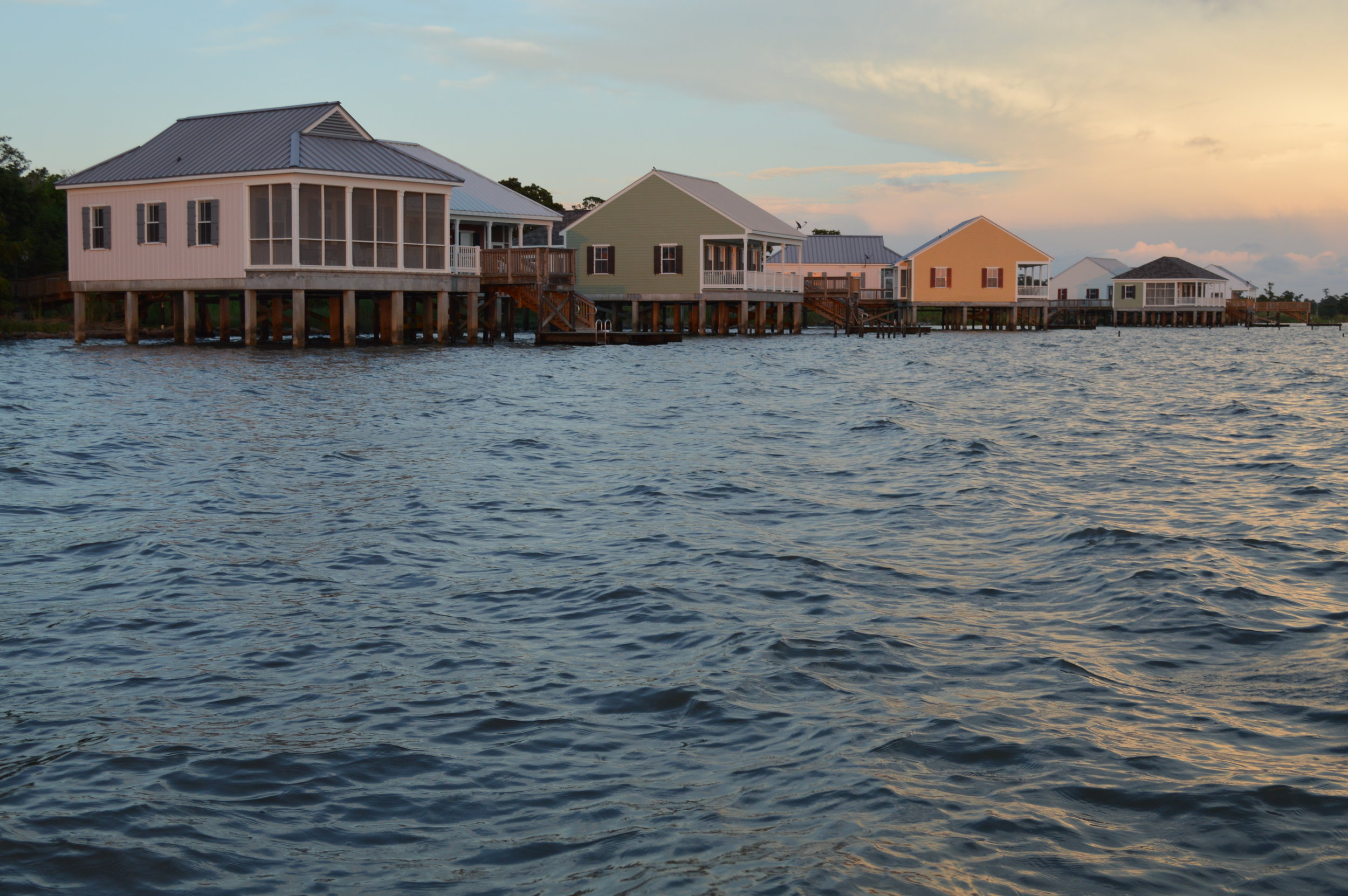Not your average suburb
The region has leveraged its physical assets into recreational opportunities focused on outdoor/ nature-based experiences such as hiking, biking, or water sports. These experiences are not only part of the region’s economic diversification, they are also part of the Northshore’s quality of life, supporting the notion that Northshore residents can live, work, and play in the region.
Our Cities & Towns
St. Tammany Cities
Abita Springs
A popular retreat from New Orleans during the nineteenth century, this historic town has once again become a relaxing getaway from big-city living. Known for its legendary spring water, Abita Springs was originally founded as a Choctaw Indian village. Well-known attractions include the Abita Springs Opry and the Abita Brewery.
Covington
A picturesque southern Louisiana community, Covington was established in 1813 and is the center of parish government. Decades-old oaks line many streets. A charming downtown district features excellent restaurants, art galleries, antique shops and boutiques.
Folsom
Located amidst rolling hills, horse farms and plant nurseries, the village of Folsom offers peaceful, country living. Rambling country estates, farms and ranches situated on beautiful rivers and streams make St. Tammany’s northernmost community a highly desirable destination.
Lacombe
Rich in American Indian history, this small town was home to the Choctaw and Colapissa Indian tribes. Strategically located on one of south Louisiana’s most scenic bayous, Lacombe is the home of the popular Big Branch Marsh National Wildlife Refuge.
Madisonville
Named after President James Madison, this historic community grew up along the banks of the Tchefuncte River. Best known for its annual Wooden Boat Festival, the small community of Madisonville is host to the largest gathering of antique classic and contemporary wooden boats on the Gulf Coast.
Mandeville
Once a sleepy, summer resort for New Orleans families, Mandeville has become a thriving, energetic city. Connected to New Orleans by the Lake Pontchartrain Causeway, Mandeville’s historic lakefront provides a magnificent setting for elaborate homes and excellent restaurants.
Slidell
Settled in the 1850s, Slidell offers some of the best natural attractions and most beautiful scenery in southeast Louisiana. The Honey Island Swamp, considered one of America’s most pristine river estuary environments, encompasses St. Tammany’s eastern border. Slidell’s Olde Towne historic district offers a plethora of antique shops, art galleries and restaurants.
Tangipahoa Cities
Kentwood
Kentwood was incorporated in 1801 and named after settler Amos Kent. The town’s Wood Industry encompasses acres of dairy and grain farms. Home to the Kentwood Historical and Cultural Arts Museum, Kentwood celebrates the richness of its People and its Roots. The town and its people proudly celebrate its roots and they have a love for their home in the Northern Tangipahoa Atmosphere.
Amite
Established in 1861, Amite is the Parish Seat of Tangipahoa and is easily accessible from any location within the area. The town of Amite City is a quiet place, with many picturesque lawns and gardens of dogwoods. It is known as a retreat for retirees escaping city life and also for families desiring a small community. The scenic Tangipahoa River is a popular canoeing and tubing destination. Since 1949, Amite has been well known for its Oyster Industry, and hosts the annual Oyster Festival each year in March.
Independence
Independence, located just south of Amite, is the ethnic culture focal point in the parish, with such attractions as the Italian Festival, attracting thousands of visitors each year and Amato's, a Louisiana Native Winery.
Hammond
The City of Hammond was chartered in 1889 and has enjoyed steady growth since that time. The majority of the city's oldest buildings are located in the downtown area. Preservation of these historic areas is very important to the overall quality of life in Hammond, as the downtown provides a center for continually expanding boundaries that provides a visual link with the past in addition to a unique character that cannot be duplicated by new construction.
Hammond is the commercial hub for Tangipahoa Parish. Over 20,000 people reside there and enjoy fine restaurants, modern shopping centers, and beautiful parks. Hammond is also home to Southeastern Louisiana University, a fast growing University of the state.
Ponchatoula
Ponchatoula is the oldest incorporated city in the parish, hosting the popular Strawberry Festival every spring. The city derives its name from the Choctaw Indian language and means “hair to hang” because of the Spanish moss treats surrounding the area. America’s Antique City is stocked with numerous art, antique, and hand crafted items in the many restored old buildings of the downtown area.
Manchac
Located at the southern most end of the parish, Manchac is a fishing settlement that is a true sportsman’s paradise. The active Port of Manchac has seen resurgence in recent years and the community is quickly becoming a popular filming location due to its scenic bayous, lakes, and swamps.
Tickfaw
Tickfaw was founded in 1852 and is an Indian name meaning "Rest Among the Pines." It was originally inhabited by Italian-American immigrants and continues to have a distinct Italian-American heritage. The Village was incorporated in 1957 under the leadership of Joe Greco, who later became the first Mayor. The governing body consists of the Mayor, Board of Aldermen and an elected Chief of Police.
Roseland
Roseland is nestled against the northern city limits of Amite and was incorporated in 1892. The town was named after the Cherokee Rose. John Bel Edwards lived on Louisiana Avenue in Roseland when he was elected governor of Louisiana on November 21, 2015. His residence, Egypta Hall, was built in 1888 and was originally a rooming house before being converted into a residence.
Washington Cities
Bogalusa
Located in an area of pine forests, Bogalusa, in the early 20th century, this industrial city was developed as a company town, to provide worker housing and services in association with a Great Southern Lumber Company saw mill. In the late 1930s, this operation was replaced with paper mills and chemical operations. It is located where the Bogue Lusa Creek Flows into the Pearl River. It is home to two city parks and playgrounds, modern country club, abundant fishing, hunting, tubing and canoeing.
Franklinton
The town of Franklinton became the permanent parish seat in July 1826. The area’s history included a strong lumber industry that logged the Piney Woods of the area. Today, Franklinton’s small-town charm can be experienced at events like the Washington Parish Free Fair, which started in 1911, its the second oldest fair in Louisiana. On the fairgrounds, is the historic Mile Branch Settlement, a collection of pioneer log cabins, originally built throughout the Parish and later relocated, date back to 1850. The gorgeous rolling hills and huge waterways of the area are also a main attraction. Visit Bogue Chitto State Park for hiking, fishing, camping, boating, tubing and more. The area’s farms offer pick-your-own blueberries and the area is known for its thriving watermelon patches, dairy farms and locally grown produce.
Take a visual tour of our region:
